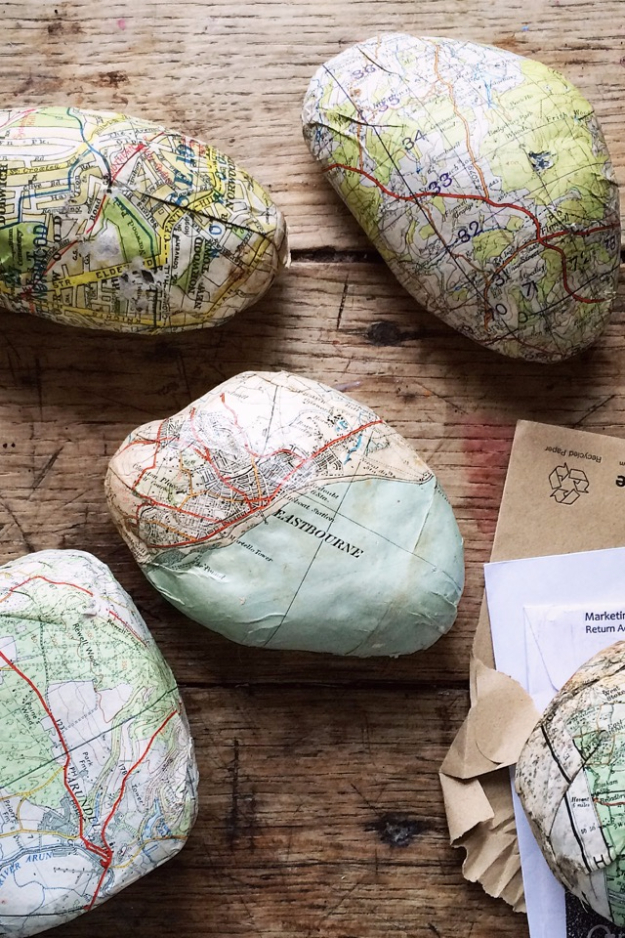
The right knitting tools can make knitting more enjoyable. Knitting involves yarn and needles. Therefore, the tools that are used to knit are just as important. The right knitting tools will make knitting easy for novice knitters, and expert knitters can produce excellent results.
Knitting needles can vary in size and shape. To find the best one for you, it is a good idea try different types. Wooden needles offer better grip and higher friction. Metal needles are more suitable for fast knitting. Metal needles may also be slippery and could cause stitches to drop.
If you knit with thin or coarse yarn, knitting needle thimbles will be of great help. They organize yarns and prevent them from becoming tangled. Double-ended crochet hooks can also be used to pick up dropped stitches.

Knitting scissors can be a very important tool for knitters. A pair of scissors is essential to cut the yarn for your project. They can also help you trim the ends. There are many choices for knitting scissors. Small embroidery scissors work well for cutting yarn. Locking stitch markers can be used to mark increases and divisions in your patterns.
Row counters are needed to track how many rows you are working on a specific pattern. Row counters come in two different types: a bar-style counter that's placed on the end of a straight needle, and a rainbow-style counter that's fitted to a ring. The bar-style counter is useful if you want to keep track of how many rows you're doing without rewinding the yarn. You can also find a row counter with a handle that lets you pull it off of the needle.
You will also need a tape measure. You will also need a measuring tape to measure your knitted fabric length, number of stitches on one needle, and even your body size. To keep your stitch from falling off your knitting needles, you'll need a holder. A stitch holder, a safety pin-style large needle, holds your stitches until they are ready for you to pick them up. These are particularly useful for knitting sleeves and gloves.
For more intricate knitting projects, you might also consider a ball-winder. This tool will wind up a hank of yarn into compact center-pull balls. A yarn swift works well with the ball-winder. A ball winder is a great tool for knitting hanks of yarn, and for creating stripes and complex color designs.

Another tool you'll need is a gauge swatch ruler. This ruler measures how many stitches are needed to make a square. Digital scales can also be used when knitting with partial skeins.
FAQ
What hobbies are in fashion right now
Popularity is not always a positive thing. It is often used as an excuse for mediocrity. Most people don’t have the time to pursue any hobbies they desire. They are always too busy to earn a living. So what should you do if you don't have much free time? Start a business.
But it's not an easy task. There are many obstacles that must be overcome before you can realize your vision.
If you are looking for something more than running a business you might consider starting a hobby.
Hobbies do not have to be limited to creative pursuits. There are many kinds of hobbies. These include:
-
Gardening
-
Cooking
-
Photography
-
Reading
What does a hobby really cost?
A hobby costs nothing but time. If you are serious about your hobby it could take years before you achieve your goals.
But there is one thing you can do to help yourself. It's called "passion". If you have passion about something, it will make it easier for you to work hard.
You may become addicted to the activity once you have put in enough hours. This is when the real fun begins. Because you now enjoy what you do and are improving your skills every day. You will likely have seen a significant improvement by the end the year.
So don't worry too much about how long it takes. You can just try it. You might be surprised by what you find!
Why do we have hobbies?
Hobbies are an important part of our lives because they give us time to relax, unwind, think creatively, exercise, socialize and enjoy ourselves. They also provide us with opportunities for learning new skills and developing valuable life-long interests.
Hobbies give us meaning and purpose in life.
These are a great way for you to have some free time, even if there isn't much else.
They're also fun!
You probably don’t have enough time to pursue hobbies.
So take a look at all the options available to you. If you don't have a hobby yet, then maybe you should start one today!
What are observation hobbies?
Observation hobbies involve watching people do the things they love. This could be watching sports, reading books or going on holiday. It could also include observing others.
It's great to have observation hobbies because it helps you think creatively. This knowledge can be used later to help you with projects that you are working on for others or yourself.
You'll find that if you're interested in something, then you'll have an easier time learning about it.
If you're interested in football, for instance, you could watch it or read a book. To learn more about photography, it is possible to visit and take photos.
If you love to play music, there are two options: either buy a new guitar online or follow along with the songs.
If you like cooking, you could cook your own meals or visit restaurants.
You could also grow flowers or vegetables if you enjoy gardening.
If you like dancing, you could join a dance class or go out with friends.
If you enjoy painting, you might paint pictures.
Write poetry and stories if that is what you love to do.
You might enjoy drawing pictures, if you are a good artist.
If you're passionate about animals you might consider working at a Zoo or looking after their pets.
If science is your passion, you might choose to study biology or chemistry.
If history is your passion, you can either read books or watch films. Or you could listen to podcasts.
You can travel abroad or explore your home area if you love to travel.
What are some good hobbies for seniors to do?
Senior citizens should enjoy engaging in fun activities. They should also be active and take part in activities such as sports or other physical activities.
They might want to join clubs where they can meet people who share similar interests. As they age, this will help them feel less alone.
Seniors should also keep up with the latest trends. For example, seniors could keep up with the latest fashions, art and literature.
What are educational hobbies, you ask?
An educational hobby is a activity that allows you to learn by doing it. It could be anything, from playing sports to learning how an instrument is played.
It should be enjoyable and fun for you. It doesn't have to be done all the time. However, if you get bored of it, you should think about other things you can do instead.
Also, you need to be careful not to spend too much on these activities. They can end up costing more than you think.
Statistics
- In comparison, men in the “no humor” condition were refused 84.6% of the time and were only accepted 15.4% of the time. (time.com)
- Much of this decline reflects the fact that teens are less likely to work today than in the past; among employed teens, the amount of time spent working is not much different now than it was around 2005. (pewresearch.org)
- Studies show that just six minutes of reading can reduce stress levels by 60 percent. (oberlo.com)
- This 100% accurate personality-analyzing hobby quiz discovers your passion based on your characteristics. (quizexpo.com)
- I am 100% biologically a woman (discover.hubpages.com)
External Links
How To
How to begin gardening
Gardening is one of the oldest forms of agriculture. It requires persistence, patience, and determination. The first step in starting your own garden is choosing a location where you want to grow food. This could be on a large piece of land or in your backyard. Next, you will need to decide which type of plants are best for you. Do you prefer vegetables or flowers? Some people are passionate about growing herbs, while others like raising livestock like rabbits. Before you decide what crops to plant, you should think about how much space is available. If you live in a region that experiences cold winters then it is possible to grow fruits and berries.
After choosing what you want to plant you need to prepare your soil. The soil is crucial in determining whether your plants thrive or not. High quality soil is rich in organic matter, which feeds your plants' roots. Organic matter can include leaves, twigs and grass clippings as well as manure and compost. After you have prepared your soil you must add nutrients. You will need different amounts of nutrients depending on which type of plants are being grown. An online fertilizer calculator can help you calculate these values. There are many fertilizers to choose from, so it is important that you are familiar with the product you are using.
Now you need to wait for the seeds to germinate. This can take anywhere from two weeks to three months depending on where you live and how warm it is. Once your seeds are sprouted, you must water them regularly. Problems can arise if you water your plants too frequently or too little. Avoid overwatering your plants. Overwatering your plants can lead to root disease and fungal infections. Keep in mind that plants are more thirsty during summer than winter. Some plants must be dried out after being watered. Tomatoes for instance need to remain slightly moist, but not wet. Soggy soil is not a good choice for tomatoes. After the flowers have stopped, they must go into dormancy. The time when plants stop producing new life and store energy for the next season is called dormancy. Dormancy means that the plant stops communicating with its roots about producing food. Throughout this time, plants can store energy. Plants will soon die if they are exposed to too much or too cold temperatures.
You may be limited in what plants you can grow if you live in an urban area. Concrete sidewalks, roads or parking lots can block sunlight from reaching urban areas. Concrete absorbs sunlight, which prevents the soil beneath from getting enough sun exposure. Because of this lack of sunlight, many plants cannot survive in cities. Many plants can still thrive in urban settings. Many perennials, trees, and shrubs are able to adapt to urban living. In addition, many annuals can be grown indoors in containers. Container gardens can be used to grow greenery indoors year-round, no matter what the weather outside.
Now you're ready to plant.